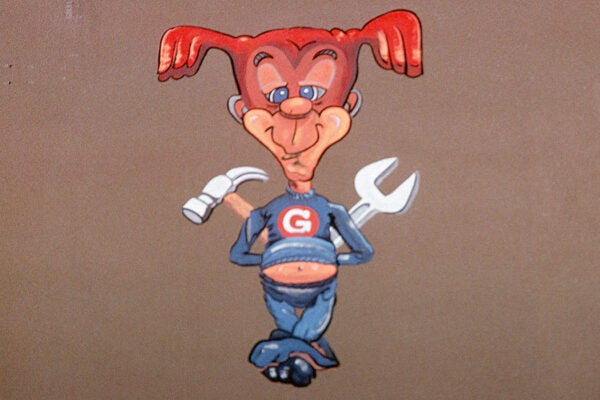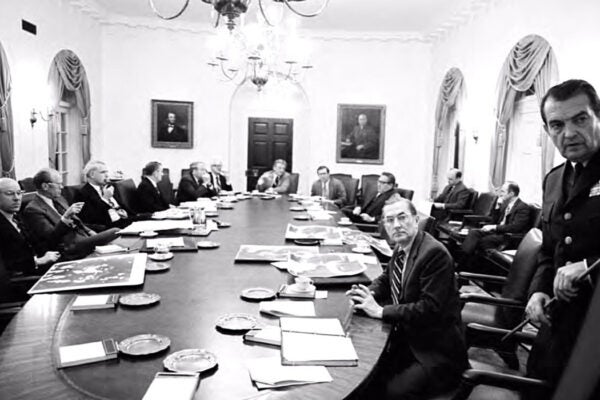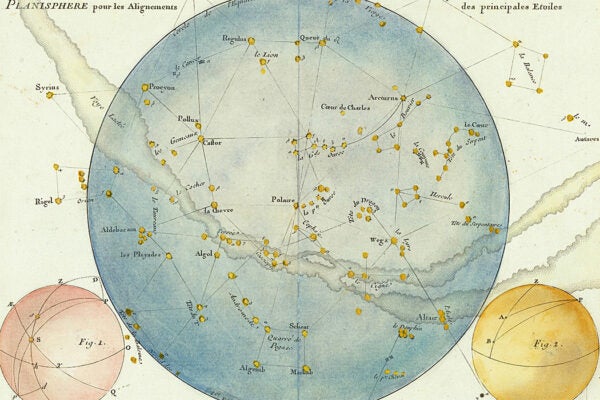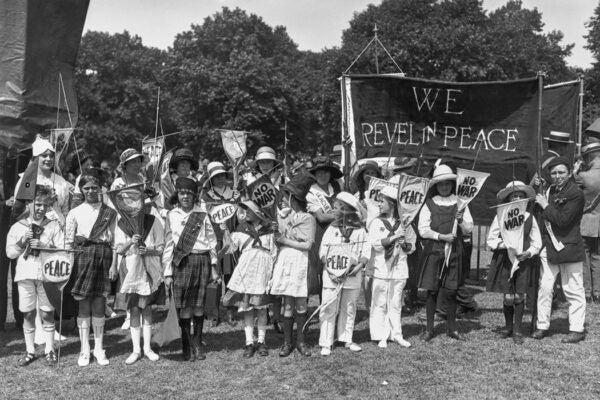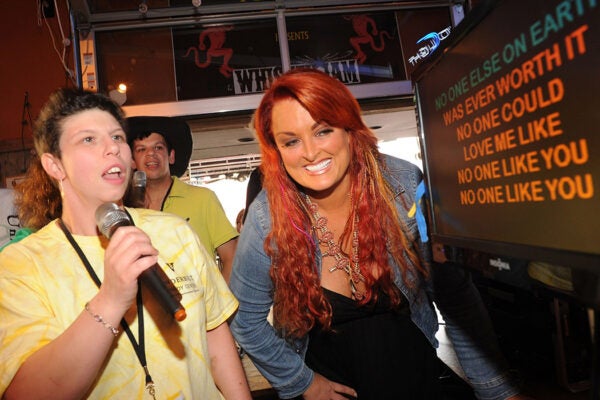Ghosts in the Machine
Forty years ago, Hollywood made gremlins loveable—portraying them as adorable, furry creatures. Their folkloric origins are far more sinister.
How to Be a British Villain
In classic British detective stories, villains might be atavistic monsters, foreign menaces, or conniving professionals—all tied to aristocrats’ anxieties.
The Mayaguez Incident: The Last Chapter of the Vietnam War
Reeling from defeat in Vietnam, the US invaded a Cambodian island to rescue a US freighter—just before its crew members, who were elsewhere, were released.
Autism Research, Dungan Food, and Forest Histories
Well-researched stories from Black Perspectives, Mongabay, and other great publications that bridge the gap between news and scholarship.
All Travelers are Infiltrators: An Introduction to the Study of Travel Writing
Travel writing as a genre has arguably been around for centuries, but it didn’t emerge as a distinct field of academic study until the 1980s.
Spider in the Telescope: The Mechanization of Astronomy
John Flamsteed’s vision of an astronomer's skill set clashed with existing ideas about observing, paving the way for a new mindset based on mechanical objectivity.
Quebec, Louis Hémon, and Maria Chapdelaine
Louis Hémon’s Maria Chapdelaine grew from his views as a French immigrant writer on the rural life of early twentieth-century Quebec.
Teaching Peace Between the Wars
In the years between the world wars, the League of Nations attempted to change how history was taught to emphasize commonalities across national lines.
Memphis: The Roots of Rock in the Land of the Mississippians
Rising on the lands of an ancient agricultural system, Memphis has a long history of negotiating social conflict and change while singing the blues.
Carry On, Karaoke
Karaoke became a global phenomenon after its invention in the 1970s, the wide embrace of it exemplifying transnational flows and hybridization.
